Fly/Spin Trip to San Carlos, MX (Mag Bay)
By Captain Max Dispoto
Background
During every offseason I try to experience different fishing destinations that catch my
interest. During my season here in New England, the most exciting fishery we have all year is
when the bluefin and yellowfin are chasing bait on the surface giving us topwater opportunities.
Watching the videos coming out of ‘Magdalena Bay’ of striped marlin chasing bait balls on the
surface caught my attention because of how closely it related to our tuna fishery.
This fishery is known for the fly fishing opportunities it presents to anglers. The striped
marlin get sardines and mackerel into tight balls and begin crashing through them on the
surface. These feeds can last for a while; 5, 10, even sometimes 30+ minutes. Being able to get
right up to these feeds and place a fly into a school of 100lb+ pelagics that will jump all over the
place once hooked is an easy sell to make someone want to come visit. Outside of the fly
opportunities, I wanted to bring our method of casting topwaters and stickbaits on spinning
setups at them the same way we do for tuna back home. Although known for the offshore
fishery, the inshore fishing opportunities can be just as good. A long list of inshore species
include roosterfish, Pacific snook, different types of grouper, halibut, etc.

Trip Planning
Magdalena Bay is in California Baja Sur region of Mexico. The small fishing village San
Carlos, is where the few guided fishing operations are based out of. To get to San Carlos
requires some planning or coordinating with who you will be fishing with or a transportation
company. The closest airport is Loreto (LTO), which is a 2.5 hour drive to San Carlos; La Paz
(LAP) is the second closest which is a 3 hour drive; and Cabo (SJD) is a 5.5 hour drive to San
Carlos. For the most part all flights to/from the U.S. to LTO and LAP run through Dallas or
Phoenix; so flying direct to the two closest airports to San Carlos was not an option. I opted to
take the longer drive once in Mexico and fly directly into Cabo (SJD). For the most part all of the
fishing operations here are BYOG (bring your own gear), so I did not want to risk losing all of my
rods and tackle during a flight change on the way down. Yes, losing luggage sucks and most of
the time you eventually get it back, but going somewhere that is remote and losing the gear you
are bringing down for that trip kills the whole thing.
Gear Prep

Prepping gear and tackle to bring for any first time experience to a new destination
requires the balance of bringing everything you think you can possibly need, and at least one
backup of that, while not overpacking (yes, seems contradicting). Traveling like this requires
using the mindset of “2 is 1, and 1 is none”. If something happens to a rod/reel/line/fly/lure; there
needs to be a backup (or two or three…) for it.
Fly Gear:
● Rod: Offshore/Marlin: G Loomis NRX+S 1290-4 (9’ 12wt)
○ Inshore: G Loomis NRX+S 990-4 (9’ 9wt)
● Reel: Galvan Torque T-12
● Fly Line: Rio Elite Leviathan 500gr sink tip 12wt/13wt
● Leader: 80lb is standard, could go up to 100lb-130lb
● Go-To Marlin Fly: 7”-10”, Blue over White, big strong hook (Gamakatsu SL12s 8/0+ or
equivalent)
Starting off with the Fly side of gear prep. The rod of choice for striped marlin is a 12wt
or 14wt. I chose to bring two (a main and a spare) 12wt’s. Although the fish are feeding on the
surface, a heavy sinking line is the way to go. The heavy sink tip helps keep the line in the water
when the fish is jumping, keeping pressure on the hook making it less likely for it to shake out.
For inshore fishing I brought all the main things I use in New England for stripers and albies, the
inshore bait that the fish are feeding on closely related with ours. I chose to bring the 9wt setup.
Spin Gear:
● Rods:
○ Offshore/Marlin- Shimano Grappler 8’0M
○ Inshore- Shimano Teramar XX NE 7’0MH (TXNS70MH)
● Reels:
○ Offshore/Marlin: Shimano Stella SW C 8000HG
○ Inshore: Shimano Stella SW C 5000HG
● Line:
○ PowerPro 50lb Super8Slick V2 (for 8000 size)
○ PowerPro 30lb Super8Slick V2 (for 5000 size)
● Go-To Marlin Lures:
○ Shimano Current Sniper Jerk 170F
○ 6” Ronz Z-Fin Paddletail
○ Shimano Current Sniper Splash Walk
On the Spin side I brought two of the lighter popping rods that I would use for ‘smaller’
bluefin and yellowfin. The main change that I made to prep for here was swapping out all treble
hooks on my lures to big single hooks (BKK Lone Diablo 5/0,6/0, or 7/0 depending on size of
lure). The big single hooks catch the mouth of a marlin better than a treble and make releases
easier.
The Fishing

Does the fishing here live up to the hype? Yes. Would I do it again? Yes.
The fishing here really is awesome. Like any fishery, there is bad weather (wind here)
and off-days that are not picture-perfect, but from my experience even on the not ideal days
there are still great opportunities to be had. The first day the wind was blowing against a big
swell and made it hard to find sustained feeds. Most of the fish we saw were just ‘cruising’ in the
waves making it hard to have an opportunity to get one on the fly. This is where the spin gear
came in clutch. Making long casts to fast moving fish led us to hooking a handful on a day that
we wouldn’t have hooked a single one on the fly due to the conditions and fish behavior.
Luckily, everything went uphill after Day 1. The next few days were perfect weather
conditions and everything this fishery is known for. Looking around 360 degrees at any given
point in the morning you would see large feeds of marlin or single free jumpers. Bait balls being
pushed to the surface by marlin, dorado, sea lions, porpoise, and whales; while simultaneously
being attacked from above by frigatebirds and pelicans. The amount of ‘life’ in this area is
amazing to see. The fly opportunities were endless on the good days, then mixing in throwing
lures to take a break from the fly. Finding a place where you are able to watch striped marlin
chase topwater baits right across the surface with their bills out of the water is rare; and here it
was almost every cast you had fish on your baits. On top of all the marlin was the “dorado
plague” that everyone down there was talking about. The insane amount of dorado that were
out there made it more challenging than it should have been to get to the marlin, but if you
wanted it provided endless action on 15lb-30lb dorado all day.

Aside from offshore fishing, the inshore fishing was a bonus. Every day on the ride in we
would hit the beaches mainly targeting roosterfish. The small roosterfish were plentiful and also
had a couple shots at bigger ones. Catching halibut on the fly and topwater right off the beaches
was also something unique from this trip.

Takeaways

1. Although marketed as a fly fishing destination, I can make the case for Mag Bay to be
just as special of a destination for people to go throw topwaters at pelagics as it is for fly
fishing.
2. For a die-hard fly fisherman this place is a dream if you want to mix fly fishing with big-
game fishing and check a striped marlin off your list.
3. For someone like me who mixes both fly and spin this trip fulfills both, on the offshore
and inshore side.
4. Put more time into the roosterfish and all inshore fishing next time.
5. One thing to consider - while I was there the striped marlin were at the farthest area that
they will hold in. As the season progresses the marlin move usually move closer and
closer to the actual Magdalena Bay, but they just hadn’t yet. Leaving from the boat
launch in San Carlos to the area where all the marlin were was 70 miles one way. I am
finding that when talking with people who know just a little about this fishery and thinking
about going, they think it will be fishing in a bay (justifiably because of it being known as
“Mag Bay”). Any of the guides will tell you beforehand that it can be a far run. For those
not used to running offshore long distances this could be a lot, especially if you choose
to fish in a Panga (comparable to our small center consoles/skiffs). I was comfortable in
the Panga because of my offshore experience back home and it gave the best fishing
opportunities compared to the bigger center consoles offered. For anyone who is not
used to long runs like that or is willing to sacrifice more comfort for a more challenging
fishing platform (especially when fly fishing), choosing a bigger center console might be
something to consider.


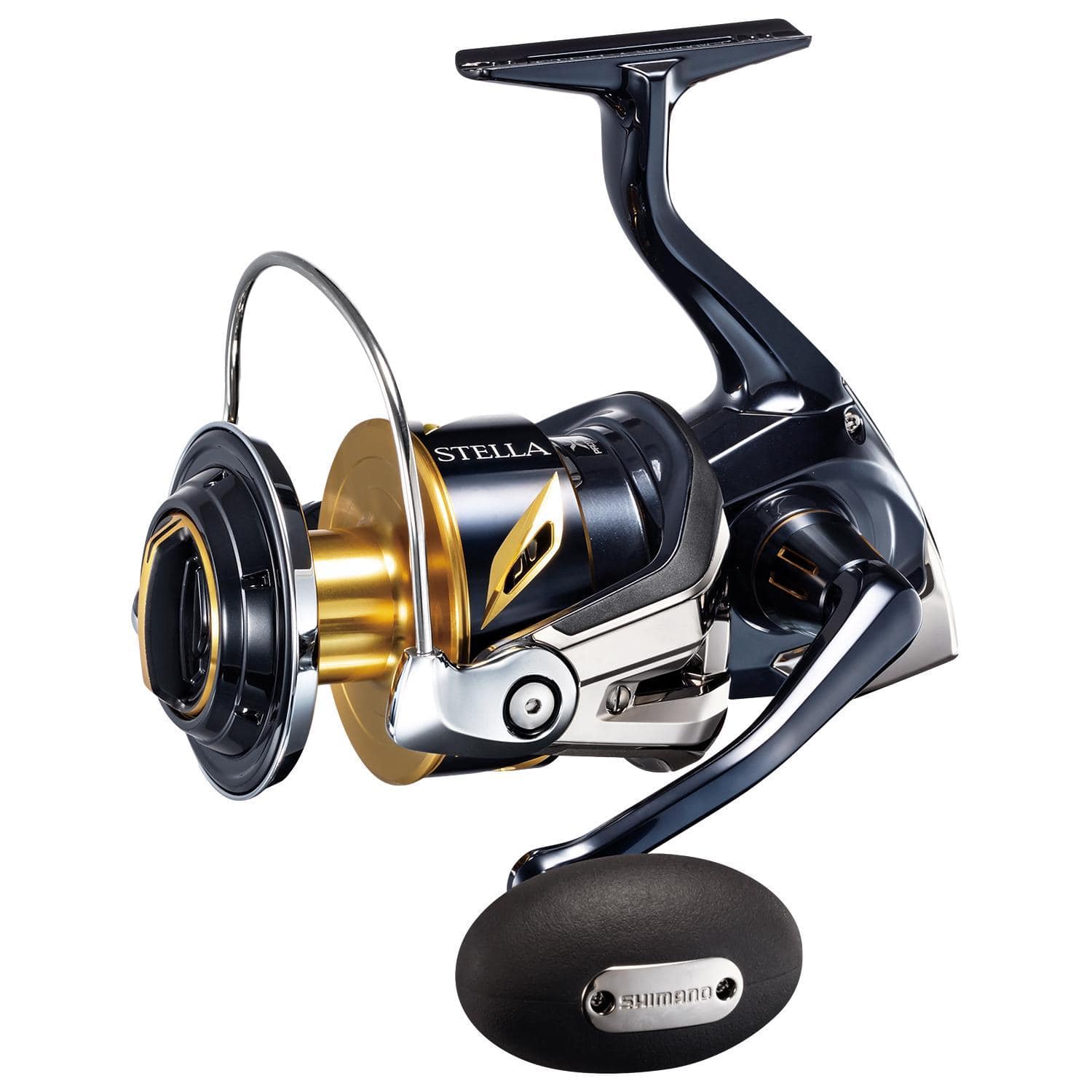





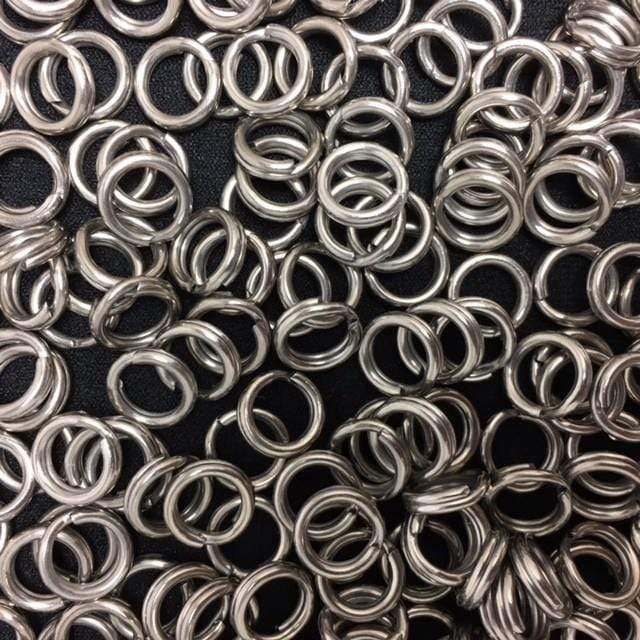
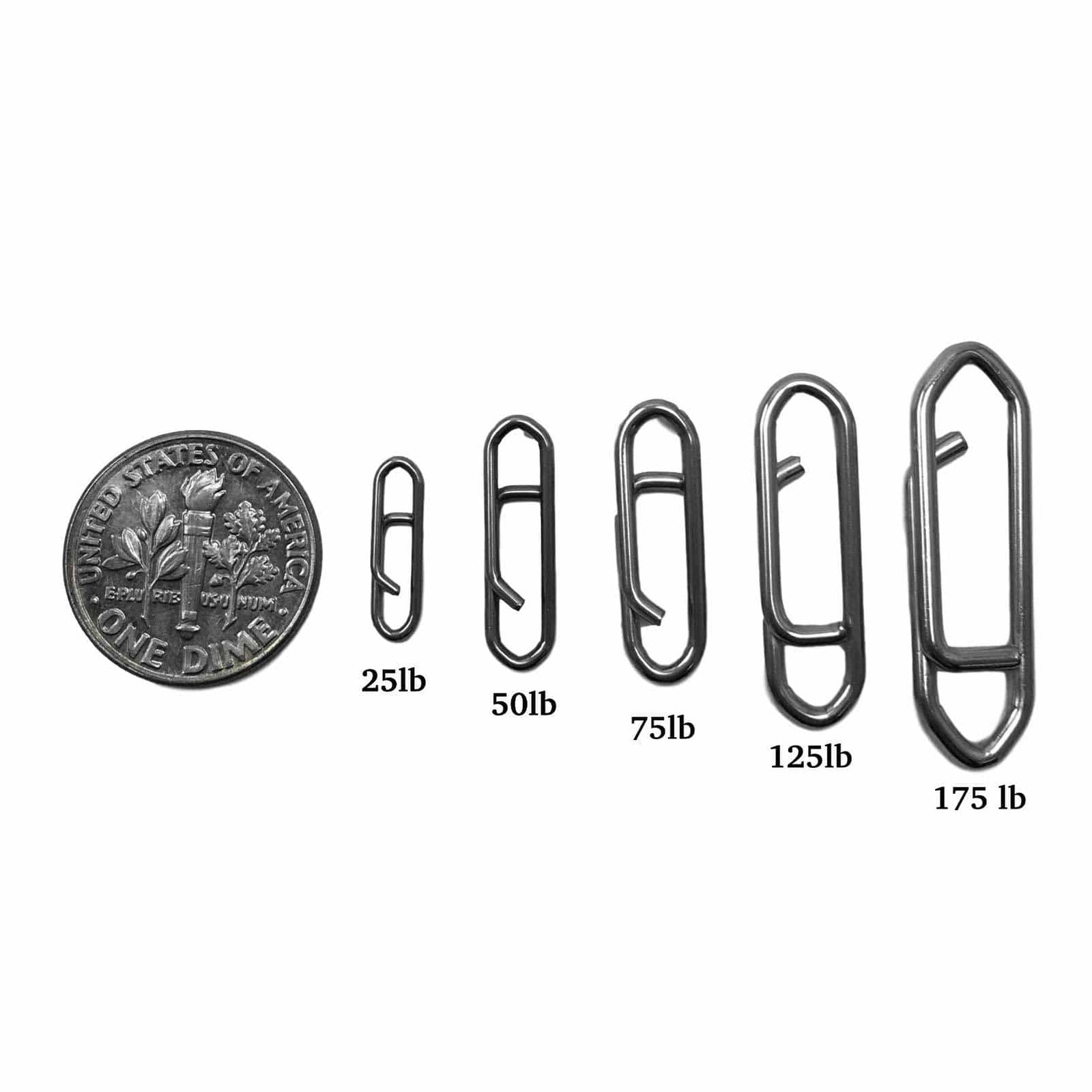

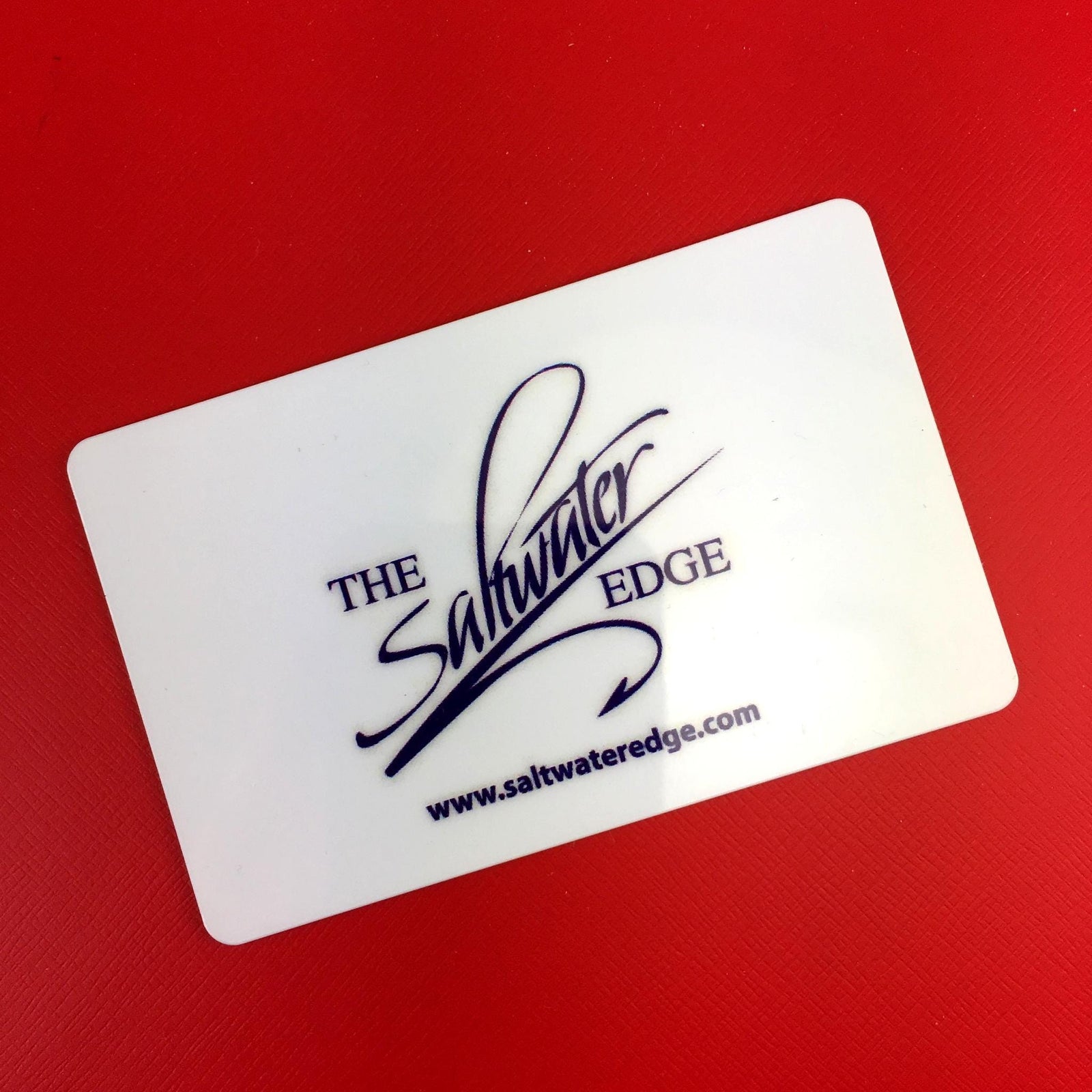




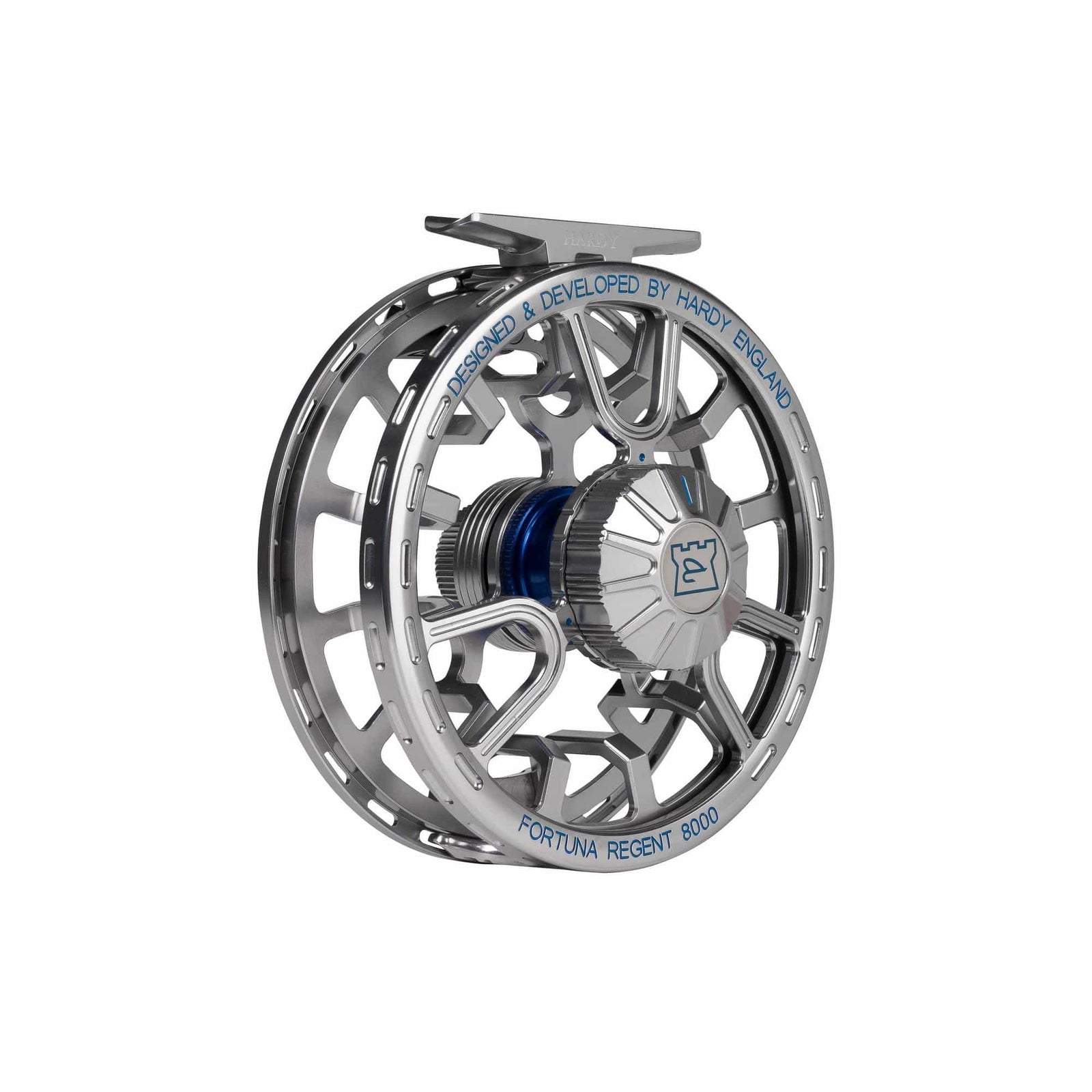
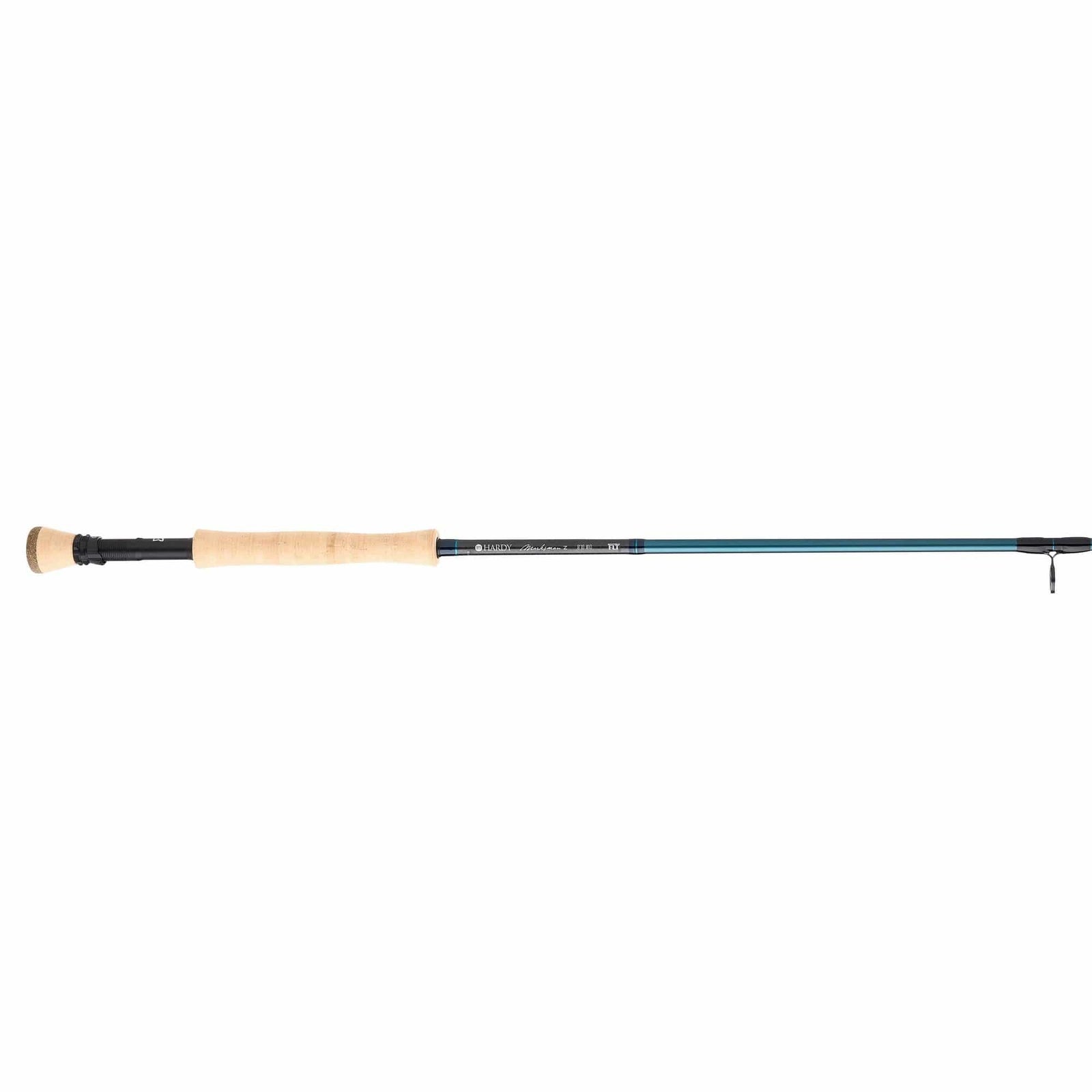


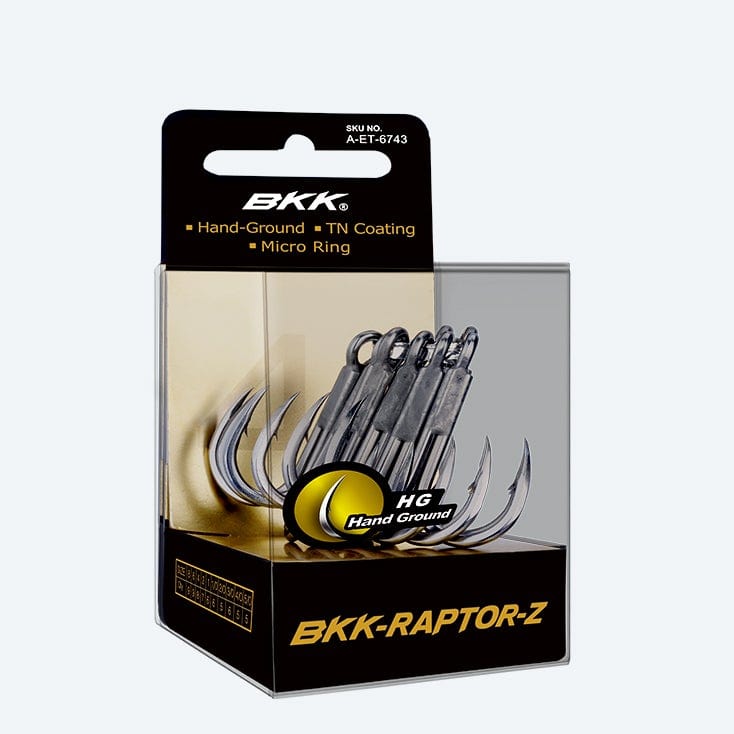

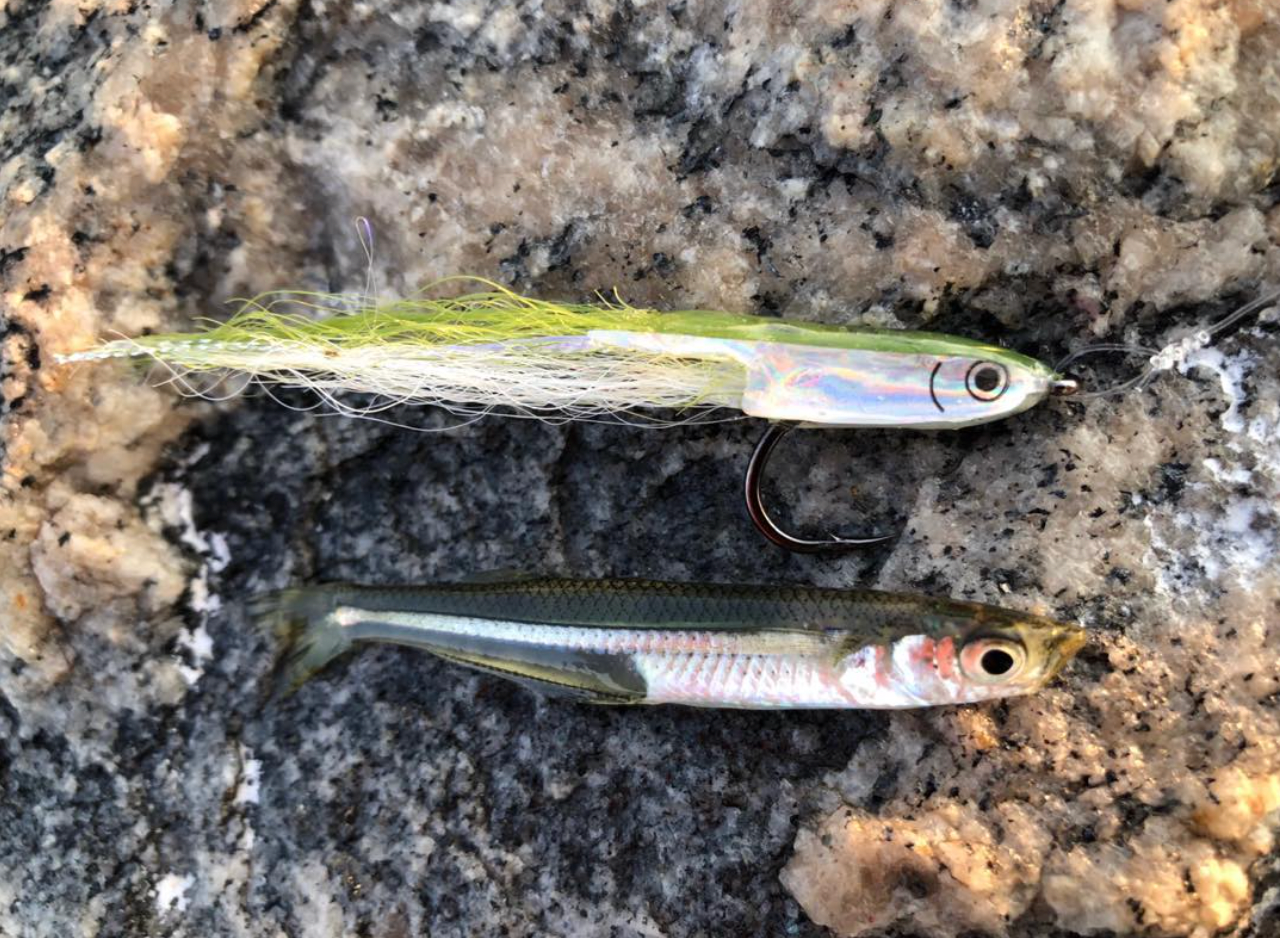
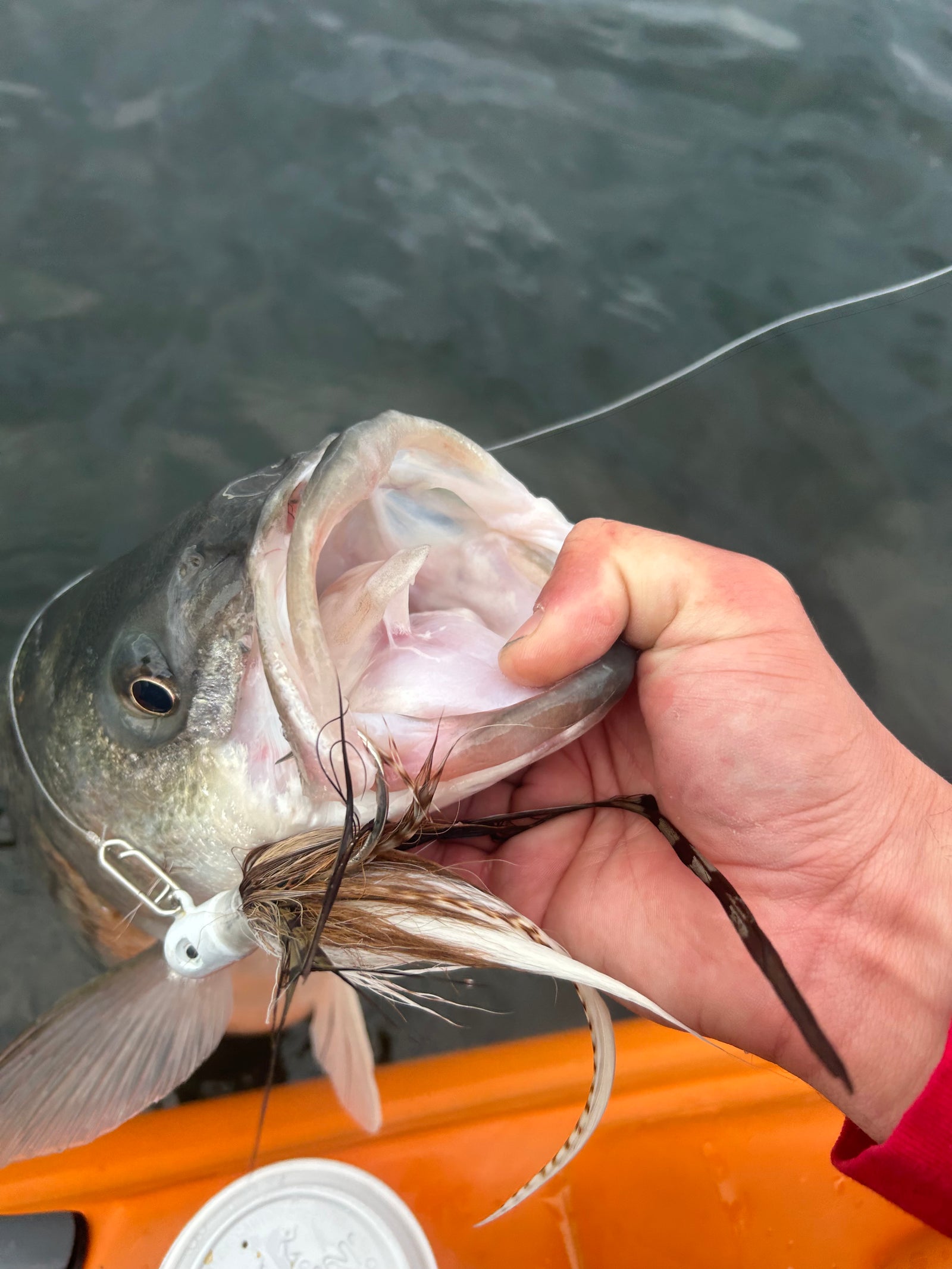
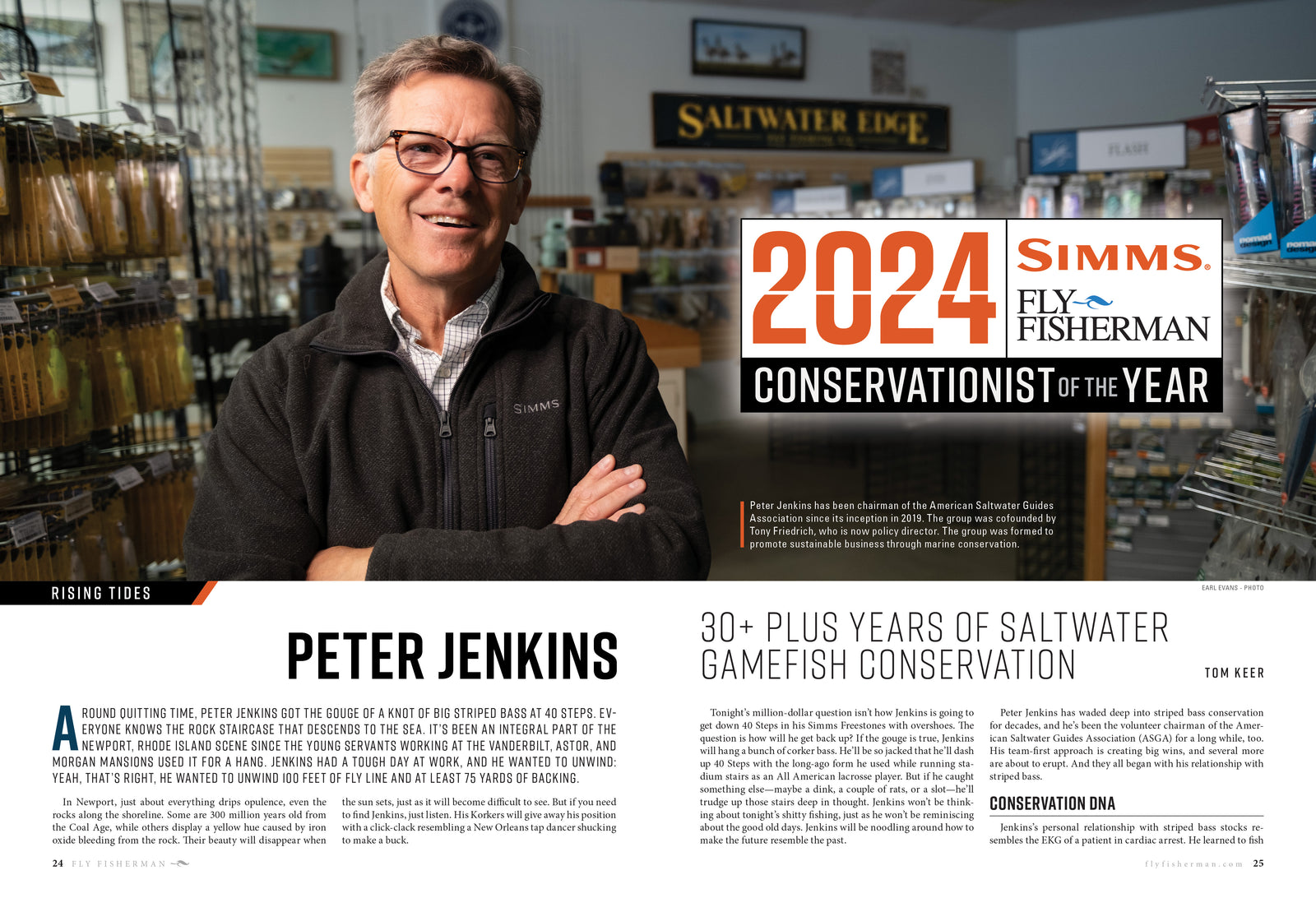
Dejar un comentario